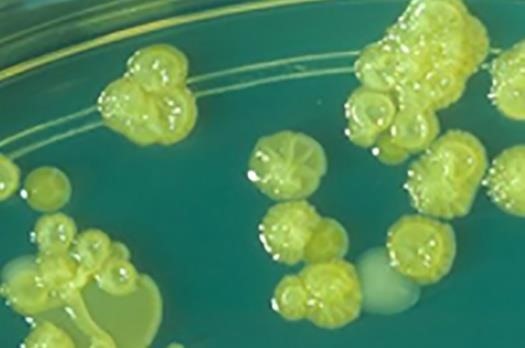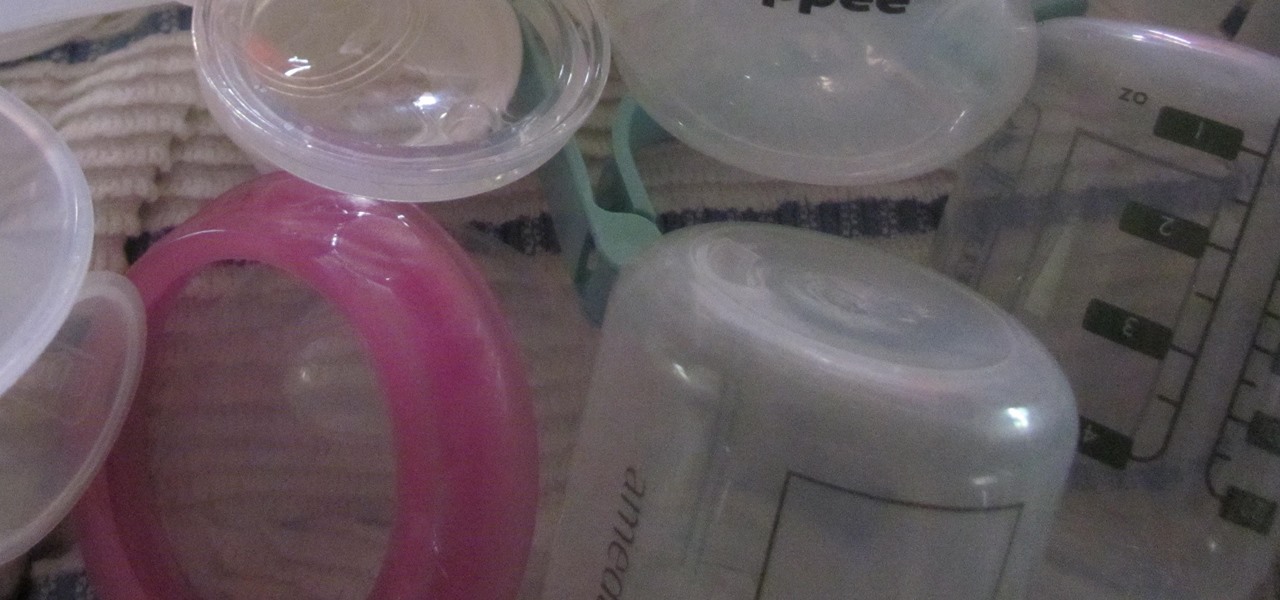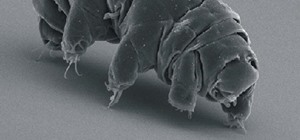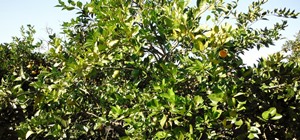Foodborne infections often occur through the contamination of equipment, food-prep tools, and unsanitary surfaces. A recent report from the Centers for Disease Control and Prevention (CDC) reminds us that breast pump parts are part of the food-delivery chain — and they can become contaminated too.
As the saying goes, "breast is best," and for infants and premature infants, getting the good stuff means dedication and hard work from mom to breastfeed, or express milk when mouths are too small or weak to latch on properly.
For a Pennsylvania infant and her family, microbes on poorly cleaned breast pump parts triggered catastrophic and permanent injury.
An Infection by Cronobacter Sakazakii Changes a Life Forever
In 2016, a baby girl was born premature, at about 29 weeks gestational age, with a birth weight of three pounds. Despite her tiny size, her time in neonatal intensive care proceeded without a hitch until she was three weeks old.
When she was just 21 days old, the baby developed sepsis, an overwhelming immune response to a pathogen the body cannot beat. Instead, the body launches a counterattack that too often results in death.
Rapid culturing detected Cronobacter sakazakii, a bacteria that puts newborn and premature events at extreme risk for sepsis, meningitis, and other severe infections. Naturally occurring in the environment, Cronobacter are fond of dry environments, and have been found in powdered infant formula, teas, starches, and milk powder, according to the CDC. The fatality rate for infants who develop meningitis from Cronobacter bacteria is believed to be somewhere around 40%.
Despite fast treatment with antibiotics, the baby suffered seizures and infection that caused brain necrosis — destroying her left cerebral hemisphere and right frontal brain lobe. The incident left the baby girl alive, but severely disabled.
In searching for the cause of the infection, investigators learned the girl had been fed pasteurized human donor milk, along with her mother's expressed milk during her first week of life. After that, she received expressed milk along with a human milk fortifier; no powdered infant formula products were used.
Testing of breast pumps and devices included the hospital pump kits, the expressed milk, lanolin used to treat the new mom's breasts, the supplements provided, sink surfaces, tap water, and basins used at the hospital and home, as well as maternal stool samples. The exhaustive testing revealed C. sakazakii on the mom's breast pump pieces, and in 11 of the frozen expressed milk samples.
After zeroing in on the home breast pump kit, the baby's mom told researchers she soaked the pieces in soapy water, then rinsed and air-dried the pieces before bagging them for the next use. Despite the soapy soak, the pieces were not routinely scrubbed or sterilized. The hospital breast pump pieces were washed immediately and air-dried.

Human breast milk is the ideal food for infants and young children. But after it is expressed and stored, it can come in contact with, and transmit dangerous microbes if not handled carefully — just like any other food.
Recommendations for Keeping Pumping Kits Clean
For moms that can, breastfeeding is a great way to give babies their best start. Offering the perfect balance of nutrients, along with long-term immune support and seeding beneficial gut microbes, breastfeeding can often protect against some childhood illnesses, while giving mom the benefit of some protection against certain forms of cancer later on. New research suggests breastfeeding is closely associated with the development of a healthy gut microbiome in newborns and may guard against obesity down the road.
If you are pregnant and planning on breastfeeding, be sure to use the same care and concern with breast pump kits as you would to avoiding cross-contamination in the food you prepare in your kitchen. Here are some tips:
- Wash hands before you assemble your bottle and tubing, inspect your pieces for wear, residue, or mold.
- Wash pump kit pieces according to manufacturer instructions, either by hand in a basin used only for your pump piece cleaning, or in the dishwasher. Use cleaning brushes and tools used only for your pump kit.
- Sanitize pump kit pieces daily by steam or boiling. If you keep at least two sets of pump pieces, you will always have sterile kit parts on hand.
- Air dry on a paper towel or clean dish towel. Do not dry with a dish towel to avoid transferring kitchen germs onto your pump pieces.
- Once completely dry, store your pieces in a protected food-safe container or bag.
- Wash hands well after expressing breast milk, or cleaning your kit.
Tubing does not usually come into contact with breast milk, so regular cleaning is not needed. It is a good idea to have an extra set or two of tubing in the event you notice residue build-up. If you notice any mold in the tubing, do not clean it, throw it away and replace.
Whether they're on the shelf of an uncleaned refrigerator, or on the lip of a bottle used to store breast milk, microbes — the good and bad — are everywhere.
Just updated your iPhone? You'll find new emoji, enhanced security, podcast transcripts, Apple Cash virtual numbers, and other useful features. There are even new additions hidden within Safari. Find out what's new and changed on your iPhone with the iOS 17.4 update.



























Be the First to Comment
Share Your Thoughts